Medical History, Mary Shelley, & Frankenstein
Alchemy & Natural Philosophers (Dr. Frankenstein’s inspirations)

"…I chanced to find a volume of the works of Cornelius Agrippa. I opened it with apathy; the theory which he attempts to demonstrate and the wonderful facts which he relates soon changed this feeling into enthusiasm. A new light seemed to dawn upon my mind, and bounding with joy, I communicated my discovery to my father. My father looked carelessly at the title page of my book and said, "Ah! Cornelius Agrippa! My dear Victor, do not waste your time upon this; it is sad trash."
Paracelsus (1493-1541), Astronomica et Astrologica (1567)
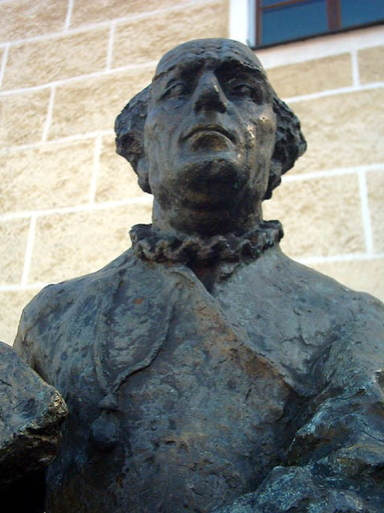
Philippus Theophrastus Bombastus von Hohenheim is universally known merely as Paracelsus, one of the most prominent astrologers and alchemists of his time. His unorthodox ideas and teachings put him at loggerheads with the orthodox establishment of his revolutionary time and he spent most of his life wandering through Europe as an itinerant physician, chemist, theologian, and philosopher. Paracelsus based his astrology on the age-old theory of the interaction of man (microcosm) with the universe (macrocosm) and he considered astral influences to be one of the five causes of disease which also included poisonous and impure substances, psychological, spiritual, and divine causes.
This is the first collected edition of Paracelsus' writings on astrology and astronomy.
Albertus Magnus (c. 1200-1280), De secretis mulierum (1598)
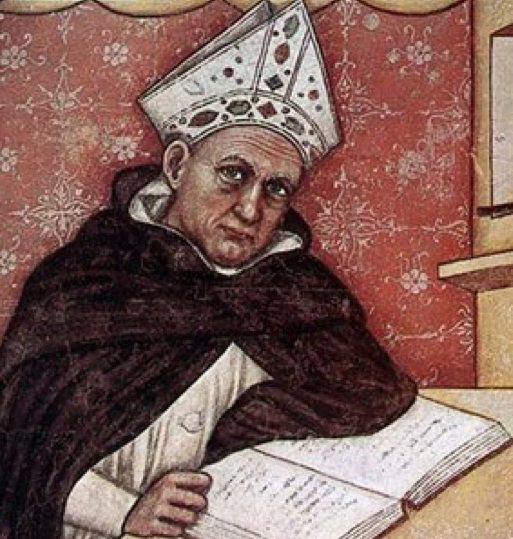
Albertus Magnus was a famed Catholic saint and scholar, but also remembered as an alchemist and astrologer. It was through him that the medieval Christian world came to know Greek and Arabian science and philosophy. A German scholastic theologian and scholar of the Dominican order, he taught in Cologne and Paris. In addition to his theological works, he also engaged in scientific research. This little book on obstetrics and the diseases of women is one of scores of editions and translations which were published from the fifteenth into the eighteenth centuries, so great was its popularity, although it is largely superstitious and astrological.
Robert Boyle (1627-1691), Some considerations touching the usefulnesse of experimental natural philosophy, propos’d in familiar discourse to a friend, by way of invitation to the study of it (1664)
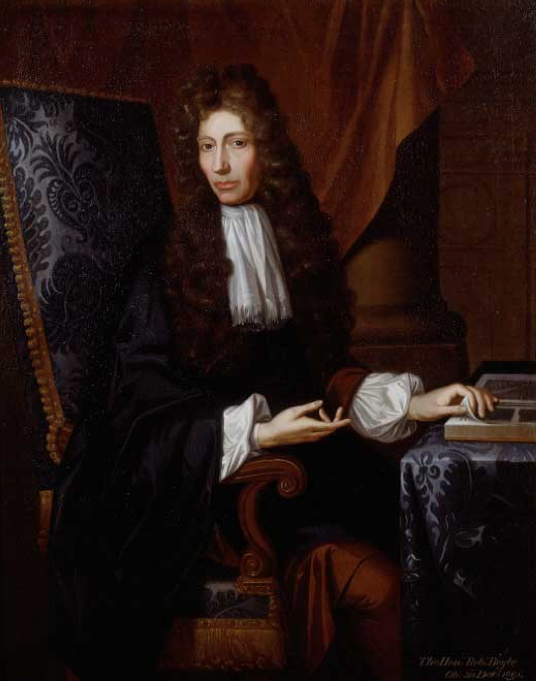
Physicist, physiologist, chemist, and philosopher, Boyle was one of the great scientists and intellects of the seventeenth century. Although he was not formally trained as a physician, Boyle was deeply interested in the medical sciences and was made a "Doctor of Physick" at Oxford in 1665. Boyle was also a leader in the movement to separate chemistry from alchemy and was among the first to define a chemical element. The Usefulness of Experimental Philosophy is an attempt to justify the activities of the virtuoso experimentalists in the eyes of their contemporaries.
Erasmus Darwin (1731-1802), Zoonomia; or, the laws of organic life (1803)
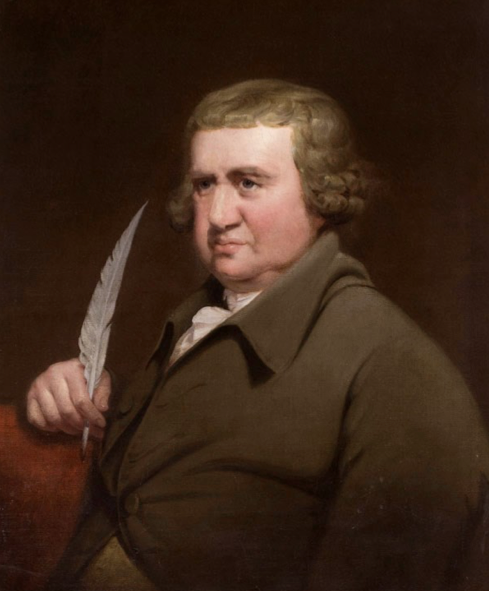
Grandfather of Charles Darwin, Erasmus is recognized as one of England's leading physicians. He was also known for his inventions which included a highly successful horizontal windmill and an improved drill plough, as well as plans and designs for a steam turbine, a more efficient water-closet, telescope optics, and carriages. In the present work, Darwin stressed the concept of the gradual evolution of complex organisms and discussed the competition for existence, the idea of sexual selection, and the influence of environment. He thus anticipated by some sixty-five years the work of his renowned grandson.
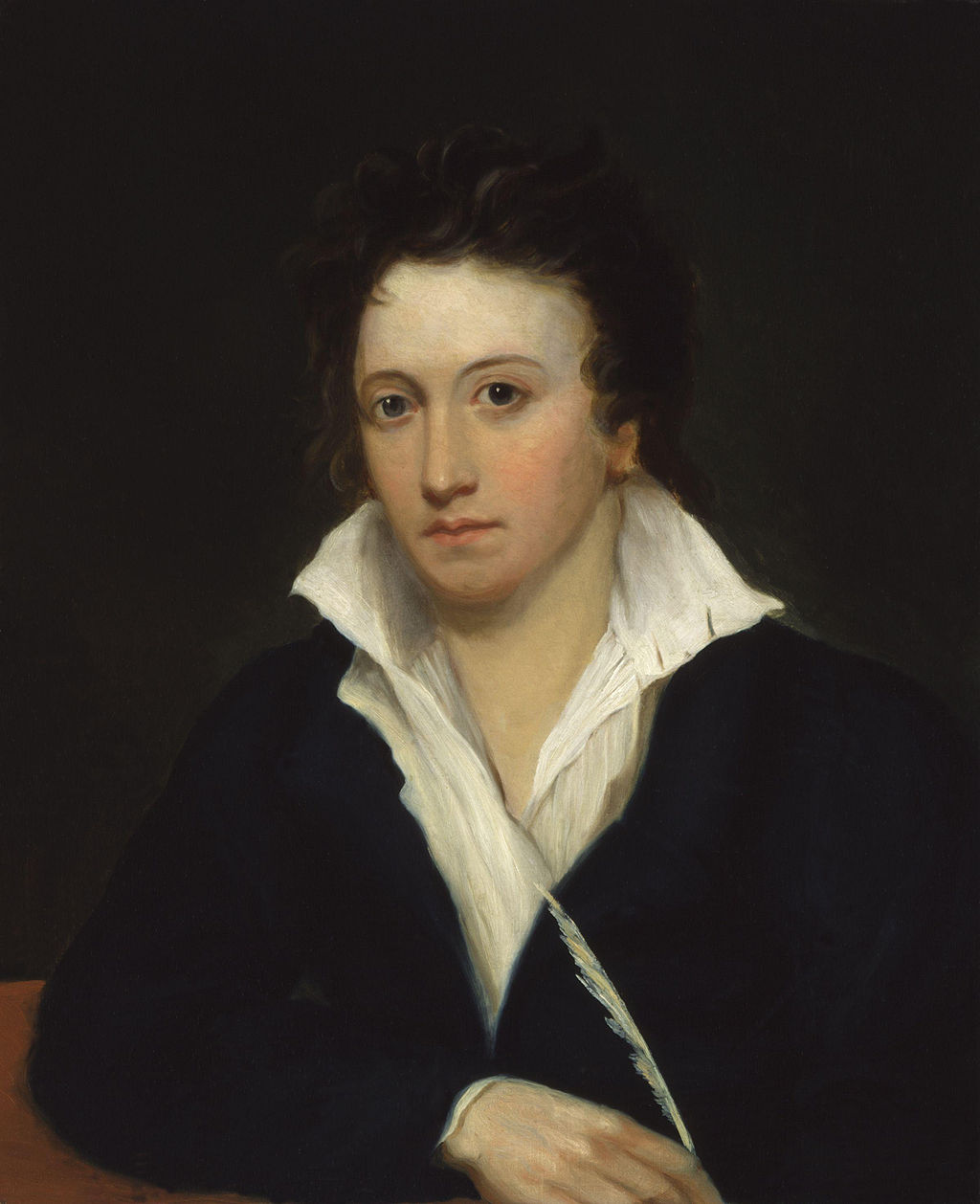

"Many and long were the conversations between Lord Byron and Shelley, to which I was a devout but nearly silent listener. During one of these, various philosophical doctrines were discussed, and among others, the nature of the principles of life, and whether there was any probability of its ever being discovered and communicated. They talked of the experiments of Dr. Darwin […], who preserved a piece of vermicelli in a glass cage, till by some extraordinary means it began to move with voluntary motion. Not this, after all, would life be given. Perhaps a corpse would be reanimated; galvanism had given token of such things; perhaps the component parts of a creature might be manufactured, brought together, and endued with vital warmth."
Charles Darwin (1809-1882), On the origin of species by means of natural selection, or, The preservation of favoured races in the struggle for life (1859)

What the dropping of the first atomic bomb was to the twentieth century, the publication of Darwin's On the origin of species was to the nineteenth century. Battle lines were drawn on both religious and scientific grounds and the world-wide criticism and controversy attendant upon its publication lasted well into the present century. The book was an instant success in England and the first run of 1,250 copies was sold on the day of publication. Very soon thereafter the book was published in the United States. The library's copy was among the early editions to appear in the United States.
©2018 John Martin Rare Book Room, Hardin Library for the Health Sciences, 600 Newton Road, Iowa City, IA 52242-1098. Image: Illustration by Barry Moser from Frankenstein; or, The Modern Prometheus by Mary Shelly (Pennyroyal Press, 1983).